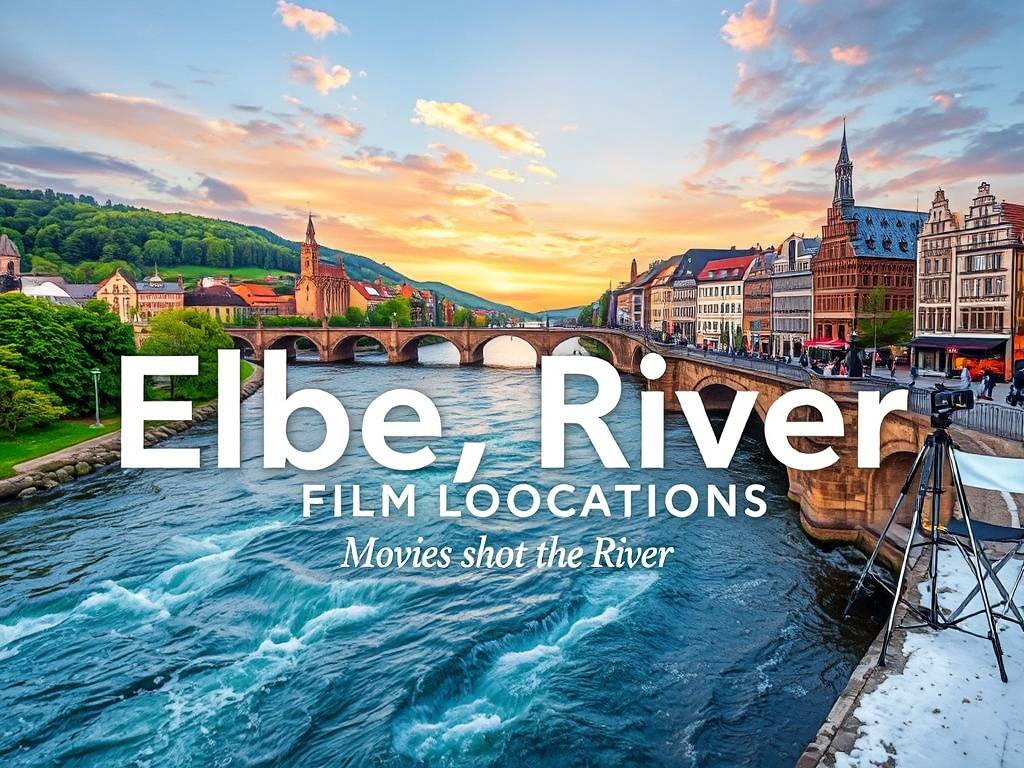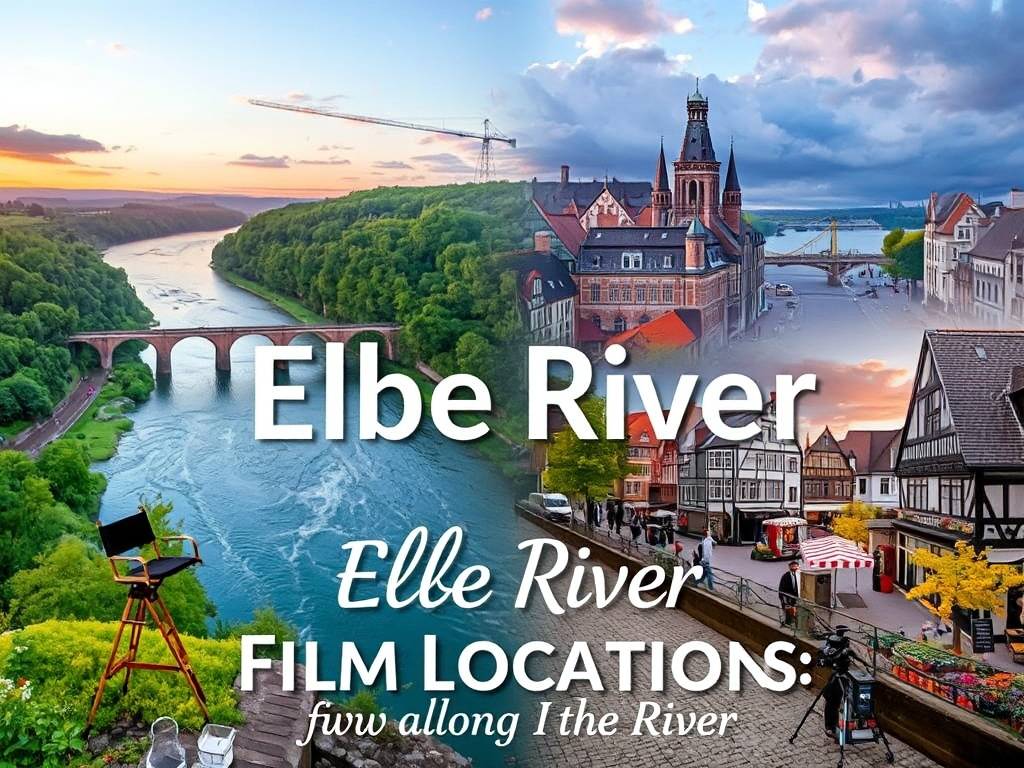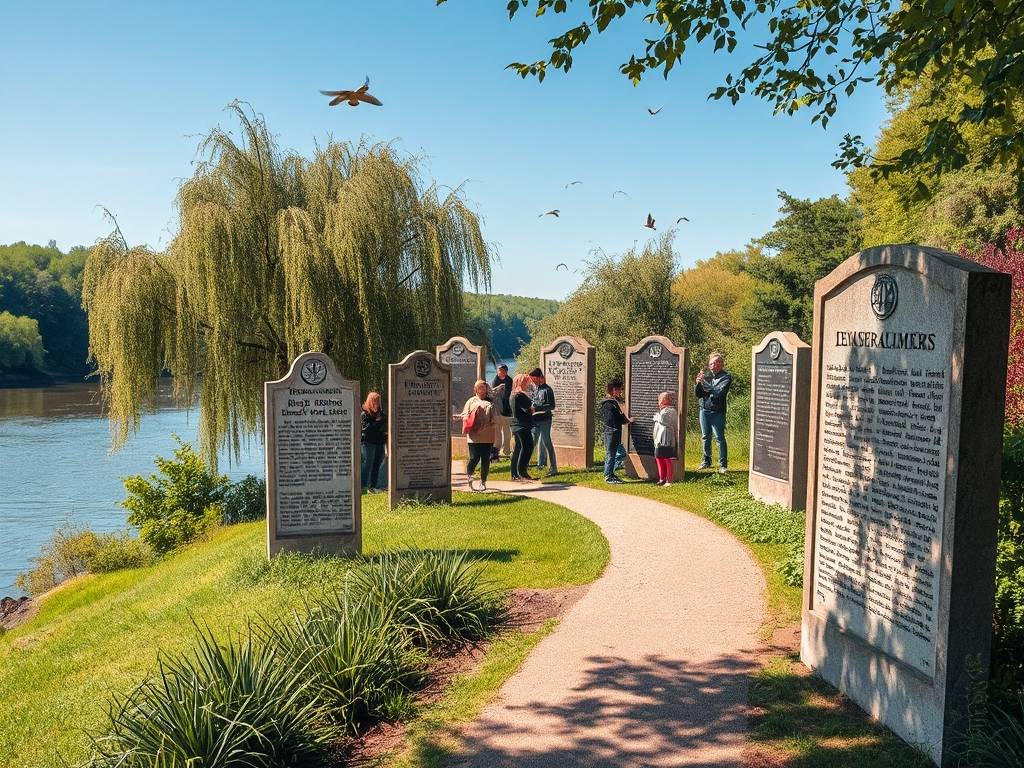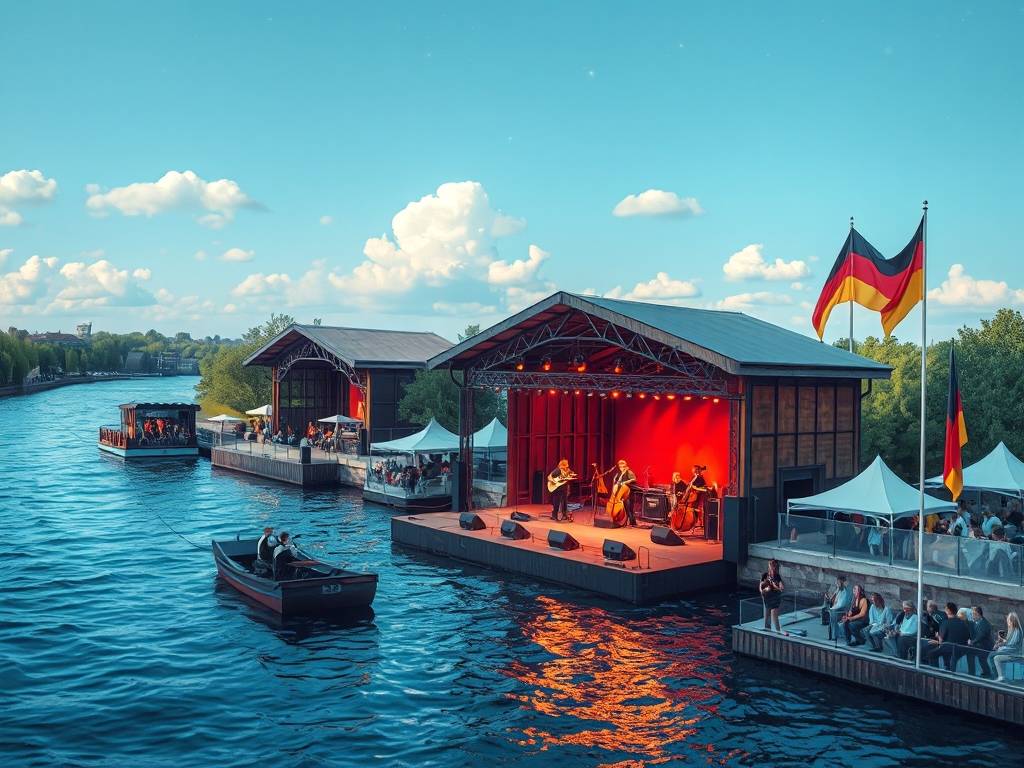Global Travel Information
Elbe River Film Locations: Movies Shot Along the River
The Elbe River's Silver Screen Journey: A Cinematic Tour Through Germany's Heartland
There's a certain magic to recognizing a place you know intimately flickering to life on the big screen. For those who live along its banks or have journeyed upon its waters, the Elbe River is more than just a waterway; it's a character in its own right—a serene, powerful, and ever-changing presence. This majestic river, flowing from the Czech Republic through Eastern Germany to the North Sea, has long been a silent star in the world of cinema, providing a breathtaking and versatile backdrop for stories of love, war, espionage, and fantasy. From the dramatic sandstone formations of Saxon Switzerland to the bustling port of Hamburg and the timeless elegance of Dresden, the Elbe River film locations offer a unique cinematic pilgrimage.
The appeal for filmmakers is undeniable. The Elbe presents a condensed visual narrative of European history and landscape. A director can capture the raw, untamed beauty of nature in one stretch and, just miles downstream, frame a scene against impeccable Baroque architecture or stark industrial relics. This diversity makes the Elbe not just a setting, but a versatile stage capable of morphing into different eras and emotional landscapes. Let's embark on a journey down this cinematic river, exploring the iconic movies shot along the Elbe and the specific locations that stole the scene.

Saxon Switzerland: Where Fantasy and Adventure Roam
Our journey begins in the east, in the ethereal landscape of the Elbe Sandstone Mountains, commonly known as Saxon Switzerland National Park. Here, the Elbe carves its way through a world of towering pinnacles, deep gorges, and majestic table mountains. This otherworldly terrain has naturally attracted films that require a sense of grandeur, adventure, and pure fantasy.
The most prominent testament to this is the 2008 blockbuster "The Chronicles of Narnia: The Voyage of the Dawn Treader." While the magical land of Narnia is a creation of C.S. Lewis's imagination, its cinematic embodiment found a perfect home here. The iconic Bastei Bridge, perched 194 meters above the river, with its dramatic views of the jagged rock formations, was used to represent the breathtaking scenery of the Lone Islands. The production team capitalized on the area's naturally mystical atmosphere. The rugged cliffs and the dense forests surrounding Rathen provided the perfect stand-in for a mysterious, uncharted world. For any traveler or film enthusiast, taking a hike through this national park feels like stepping directly onto a Hollywood soundstage. The keyword here isn't just "Elbe River film locations," but more specifically "Saxon Switzerland film shooting spots" and "Bastei Bridge Narnia filming location," which are precise long-tail queries a curious fan might search for.
Beyond high fantasy, the raw beauty of this region has also served as a backdrop for more grounded, yet equally epic, stories. The German-language film "The Physician" (2013), based on Noah Gordon's novel, used the valleys and rock faces of Saxon Switzerland to depict the perilous journey of its 11th-century protagonist across rugged terrain. The Elbe's path here isn't just water; it's a guide through a primordial landscape, making it ideal for historical and adventure genres.
Dresden: The Phoenix City as a Character

Flowing northwest, the Elbe embraces Dresden, the Florentine city on the Elbe. Dresden’s relationship with the river is profound, and its cinematic portrayal is deeply intertwined with its own tragic history of destruction and remarkable rebirth. The city's iconic skyline—a masterpiece of Baroque architecture set against the river—is a gift for cinematographers.
Perhaps no film leverages Dresden's visual and historical weight more than the 2006 Oscar-nominated German drama "The Lives of Others." While primarily set in Berlin, the film uses Dresden in a pivotal scene that underscores the bleakness of the East German state. The scene where the character Georg Dreyman visits a dreary, state-sanctioned play was shot in a venue that contrasted the city's true beauty, a subtle directorial choice. However, it's the broader visual narrative of Dresden that makes it a compelling location for post-war and Cold War-era stories. The meticulously rebuilt Frauenkirche, the stately Semperoper, and the grand Brühl's Terrace (nicknamed "The Balcony of Europe") overlooking the Elbe offer a palette of resilience and restored beauty.
For a different perspective, one can look to the 2001 film "Enemy at the Gates," a war epic set during the Battle of Stalingrad. While the story is set in Russia, the filmmakers needed a war-torn urban landscape. The ruins of the former Kurländer Palais in Dresden, which had been left in a state of disrepair since WWII, were used to recreate the devastation of Stalingrad. This highlights a fascinating aspect of "movies filmed in Dresden Germany"—the city's ability to represent both sublime beauty and profound destruction, sometimes within the same frame. The "Elbe River valley Dresden UNESCO backdrop" is a powerful long-tail keyword, emphasizing the unique cultural landscape that filmmakers are drawn to.
Meissen and the Middle Elbe: Castles, History, and Fairy Tales
As the river continues, it winds past the historic town of Meissen, crowned by its magnificent Albrechtsburg Castle. This area, part of the Middle Elbe Biosphere Reserve, exudes a storybook charm, with vineyards cascading down to the riverbanks and medieval castles perched on hilltops. It's a region made for historical narratives and romantic tales.
Albrechtsburg Castle itself, often cited as Germany's first castle, has served as a ready-made film set. Its Gothic architecture and grand halls have doubled for various royal residences and medieval strongholds in numerous German and international television productions. The very sight of the castle from the Elbe, with its reflection shimmering in the water, is a cinematic image in itself. This makes the area a hotspot for "historical movie locations Elbe Valley" and "castles on the Elbe River in film."
The romantic and slightly melancholic atmosphere of the Middle Elbe is perfectly captured in the 2016 German film "Fog in August" (Nebel im August). While dealing with a difficult subject matter, the film uses the timeless landscape around the Elbe to ground its historical narrative in a specific, tangible sense of place. The river here is not dramatic or roaring; it's a quiet, constant witness to the passage of time and human stories, making it an ideal setting for character-driven dramas.
Hamburg: The Metropolitan Port and Spy Thrillers
Finally, the Elbe broadens dramatically as it reaches Hamburg, Germany's mighty port city and its gateway to the world. The atmosphere shifts from historical romance to gritty, modern realism. The Port of Hamburg, with its sprawling container terminals, towering cranes, and the iconic Elbe Philharmonic Hall (Elbphilharmonie), provides a stunning urban waterfront that is irresistibly cinematic.
This is the territory of thrillers and action films. The 2011 Hollywood blockbuster "Captain America: The Winter Soldier" utilized Hamburg's modern aesthetic. Key scenes, including car chases and confrontations, were filmed along the Köhlbrand Bridge and in the port area, with the city's sleek, contemporary architecture representing a global, high-stakes environment. The Elbe in Hamburg is no longer a gentle guide but a busy, industrial artery, perfect for stories of espionage and global conspiracy. This answers queries for "Elbe River Hamburg filming locations" and "Port of Hamburg in movies."
Furthermore, German television has long capitalized on Hamburg's unique vibe. The long-running crime series "Großstadtrevier" (Precinct 21) is intrinsically linked to the city, with many scenes shot in and around the St. Pauli landing bridges, offering a glimpse into the everyday life and drama of Germany's second-largest city, always with the Elbe as a supporting character.
Conclusion: Your Own Cinematic Voyage
The true beauty of exploring the Elbe River film locations is that it offers a layered travel experience. It's not just about seeing a spot where a camera once stood; it's about understanding why that spot was chosen. It's about feeling the epic scale of Saxon Switzerland that inspired Narnia, comprehending the weight of history in Dresden's rebuilt palaces, appreciating the fairy-tale quality of Meissen's castle, and sensing the pulse of modern intrigue in Hamburg's port.
By tracing the path of these films, you embark on a journey that is part geography, part history, and pure cinema. The Elbe River, in all its guises, remains the constant—a flowing, silver thread connecting diverse landscapes and countless stories, both real and imagined. So, grab a map of the movie locations, book a ticket, and set sail on your own adventure. The river is waiting to play its part in your story, too.
相关文章
- Elbe River Street Food: Quick Bites to Try
- Elbe River Theater Performances: Outdoor Shows in Summer
- Elbe River Concert Venues: Live Music by the Water
- Elbe River Historical Markers: Learn About Local History
- Elbe River Archaeological Sites: Ancient Finds Near the Water
- Elbe River Botanical Gardens: Flowers & Plants Along the Banks
- Elbe River Zoos & Aquariums: Family Fun Near the River
- Elbe River Amusement Parks: Rides with River Views
- Elbe River Camping Spots: Pitch a Tent by the Water
- Elbe River Glamping Sites: Luxury Camping Along the Banks
发表评论
评论列表
- 这篇文章还没有收到评论,赶紧来抢沙发吧~


